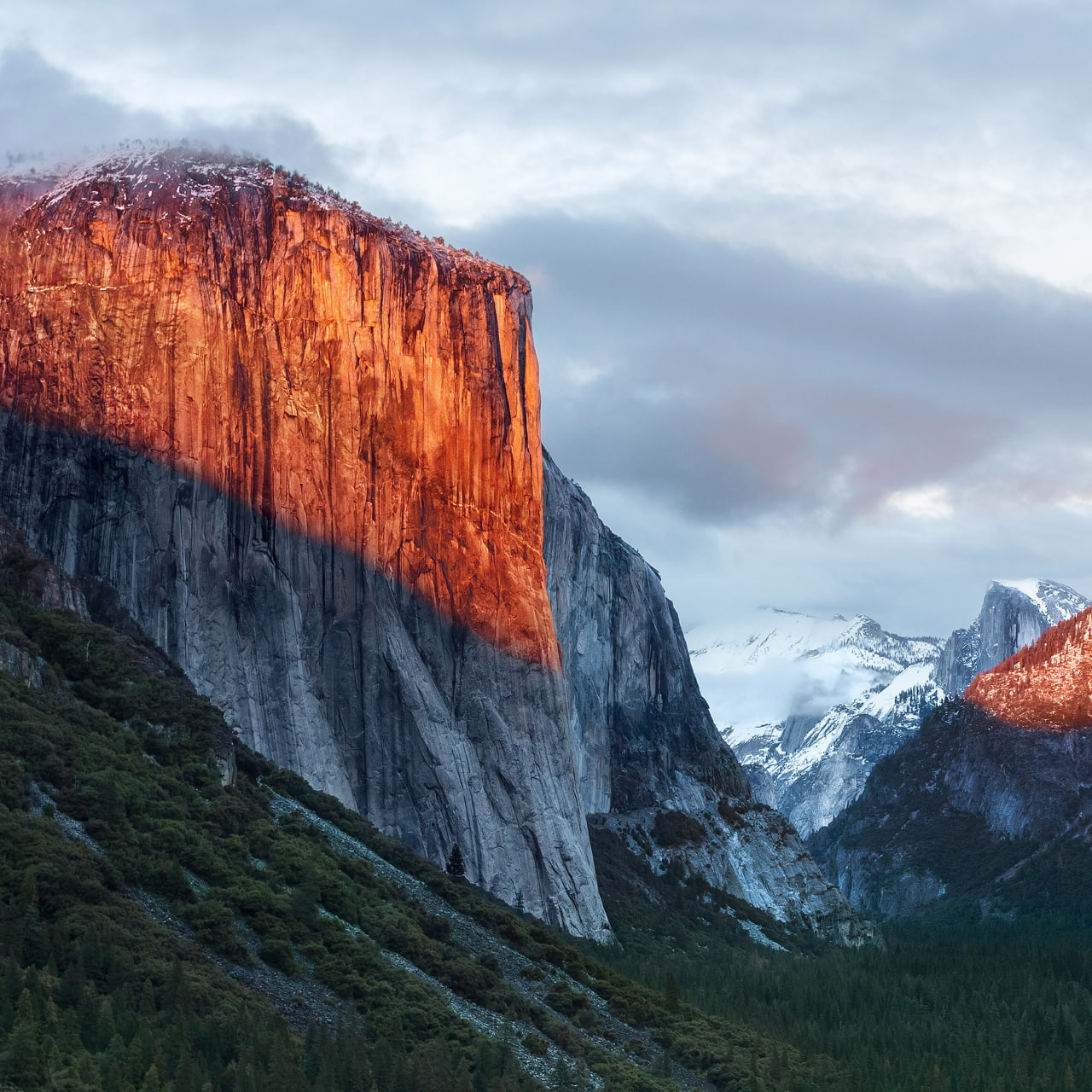- Recoverit for Mac A Life Saver to Solve Your Data Loss Problems! This fabulous program can help you recover lost files like photos, videos, emails, and many other 550+ types of file. It supports recovering data from a wide range of devices, such as computers, external hard drives, USB drives, etc.
- @DarkOrb like others have mentioned, try using guiformat to format it as fat32 on PC, and then try it in your switch. Last edited by 8BitWonder, Feb 20, 2018 TheCyberQuake likes this.
- Fat32format or GUIformat (Windows): The FAT32 drive format tool in Windows is easy to use. Disk Utility (Mac): FAT32 standard disk format tool, available on Mac OS. GParted (Linux and LiveCD): Commonly used for Linux systems, and included in system rescue disks. NTFS and exFAT: There are two ways to format NTFS and exFAT drives.

The way you format your USB drive determines the speed of your Rekordbox export and if your drive is recognized by DJ controllers and CDJs like the CDJ 2000.
So, choosing the right settings is crucial for convenience and compatibility.
In this article I’ll dive into the right settings and how to format your USB drive for Mac and Windows the right way.
Can CDJs read exFAT / NTFS?
To format in Mac OS X, you can read here. What File System You Should Use. In computing, a file system is used to control how data is stored and retrieved, and there are various file systems included in Windows. Usually, when formatting an SD card, Windows offers the following four file systems: NTFS, FAT32, exFAT, and FAT.
No, CDJs can’t!
They only read FAT32 and HFS+.
Which format is best and step-by-step format instructions you can read in this article.
Best format for CDJ USB
The Pioneer CDJ machines support three types of file system formats:
• Microsoft FAT
• Microsoft FAT32
• Apple HFS+
Below you can find my recommended file system, pros and cons of each file system.
Later in this article I will give you step-by-step instructions to format your USB drive on Mac and Windows the right way.
You probably noticed that the supported standards are replaced by newer more reliable ones with less (storage) limitations.
FAT32 is replaced by NTFS in 1993, HFS+ is replaced by APFS in 2017.
I can only guess to why Pioneer choose to support these older standards instead of the newer standards, probably licensing issues.
For now, we have to work with the limitations.
Formatting USB drive on Mac for Rekordbox
- Make sure Rekordbox is closed!
- Insert the USB drive
- Start “Disk Utility” by pressing Command+Spacebar and type “disk”, select the first item in the list or press Enter.
- Select the USB drive in the drive list on the left. Make sure you select the drive, not the partition below (otherwise you will miss vital setting later).
- Click on “Erase” (translation: format) at the top of the screen.
- The Erasewindow will appear.
- Choose a name for you dive in Name
- Format: select “OS X Extended Journaled” for HFS+ or “MS DOS FAT”
If you choose FAT, you only can use 32GB of your drive if your drive is larger than 32 GB. - Scheme: select “Master Boot Record”. IMPORTANT!! (you will miss this option if you selected the partition instead of the drive in the previous step).
- Now click on the “Erase” button below the formatting options.
- Wait a few seconds, your drive is now being formatted.
- Click “Done” and close the Disk Utility.
- You drive is now ready to use in Rekordbox.
Formatting USB drive on Windows for Rekordbox

We can’t format drives larger than 32GB with the Windows built-in tools.
So we need third party software called “Fat32 Format” (download: http://www.ridgecrop.demon.co.uk/index.htm?guiformat.htm )
We can also format smaller drives with Fat32 Format, so this is the method I’m going to use for this tutorial.
- Before we start, make sure Rekordbox is closed
- Insert your USB drive
- Make sure all your Explorer windows are closed, otherwise you can’t format the drive
- Start Fat32 Format
- Select the drive letterof your USB drive. NEVER choose C:
- Select allocation size: 4096
- choose a name for your USB drive in “Volume label”
- Click Start
- Select OK
- Your drive is being formatted, this takes a few seconds
Gui Format Mac Os Recovery Tool
- Your drive is now finished formatting
- select Close
If you want to know how to export tracks from Rekordbox to USB read this article.
Gui Format Mac Os High Sierra
If you are serious about Djing and want take it to the next level, check out my CDJ 2000 course or my Rekordbox course.